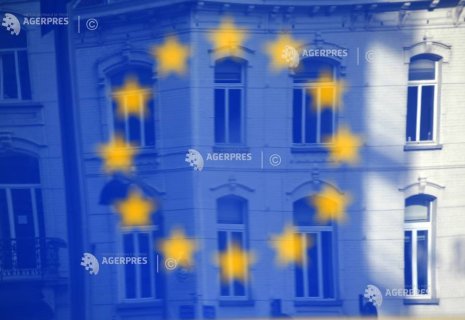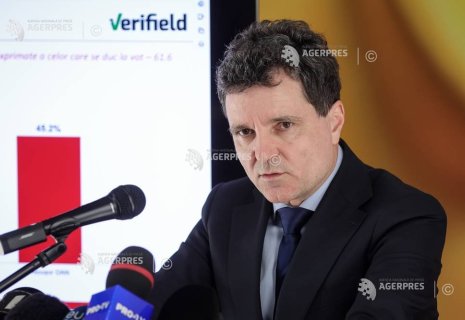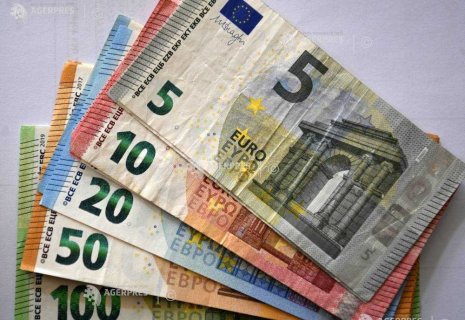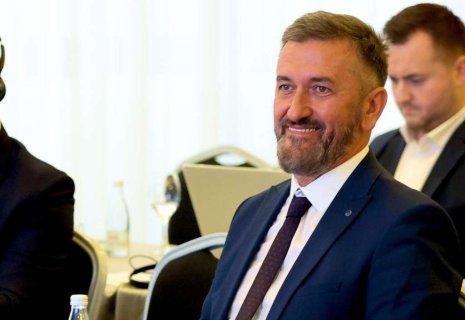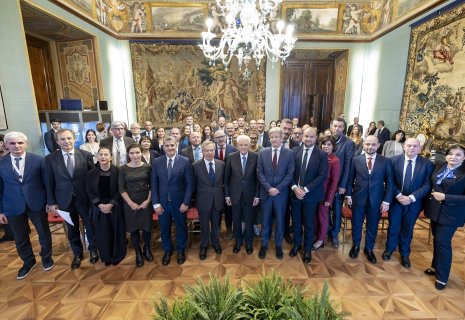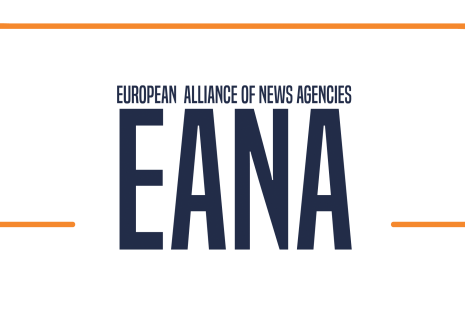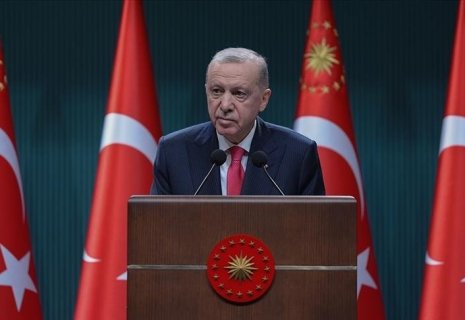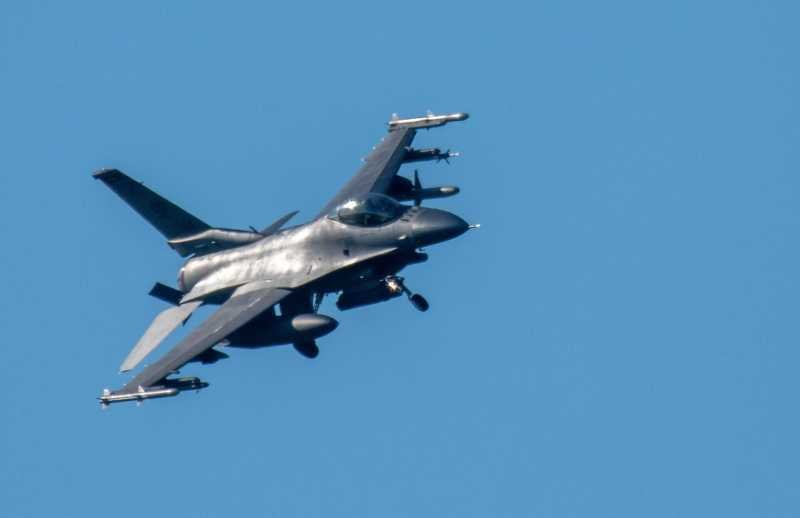
Europe's Defense Dilemma
Europe is moving toward a stronger, more independent defense stance in the face of Russia's ongoing invasion of Ukraine. With growing uncertainty about the reliability of the U.S. as a partner under President Donald Trump, European leaders are considering whether to focus defense spending on European or American companies, CE Report quotes Agerpres
At a recent summit, European Council President António Costa emphasized the EU’s commitment to defense, unveiling a plan to mobilize 800 billion Euros over the next four years. This includes loans for arms projects, exemptions from EU debt rules for defense investments, and private funding support. However, EU members are divided on how to best allocate these funds.
A central issue is the “Buy European” principle, championed by France, aiming to boost the EU’s own defense industry. The plan requires at least 35% of EU defense procurement to come from within Europe by 2030, a significant increase from the current 15%. Some countries, like Sweden, support cooperation with non-EU nations, while others, particularly Poland, advocate for broader defense procurement options, even from the U.S.
Countries such as France and Greece are also heavily investing in domestic and European military industries, including fighter jets and naval ships. However, nations like Croatia and Bulgaria continue to balance between European and American defense suppliers, purchasing equipment from both sides of the Atlantic.
Despite this, there remains resistance in some countries, with Germany and others opposing large-scale EU borrowing for defense, while Slovakia debates the strategic direction of increased military spending.
As Europe pushes for greater defense autonomy, the question remains: should it prioritize European industries, or continue relying on American suppliers?

